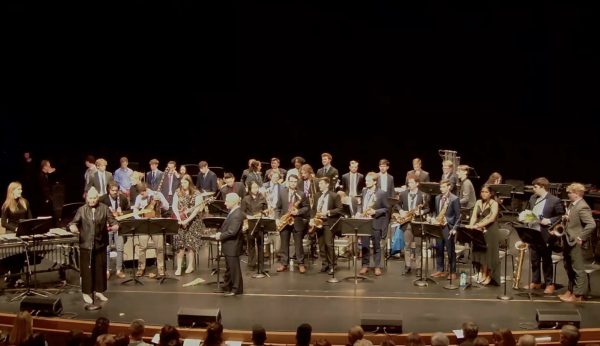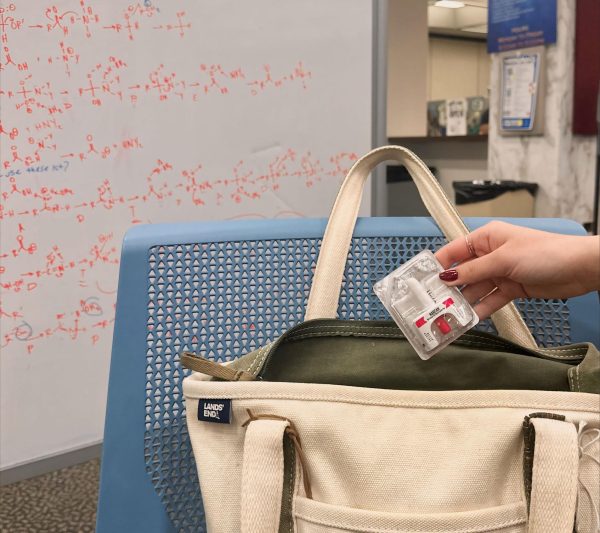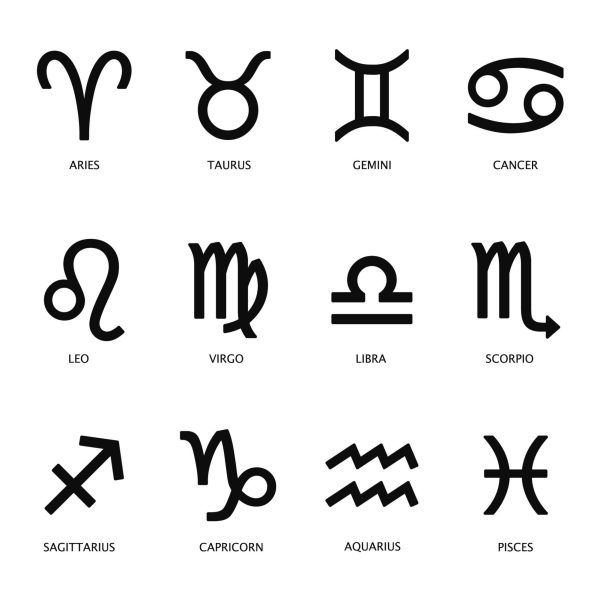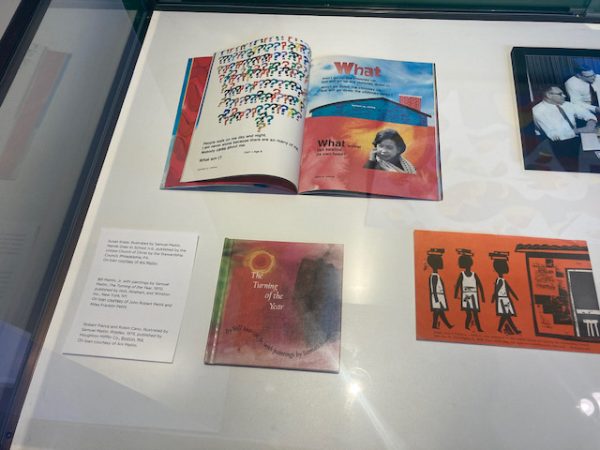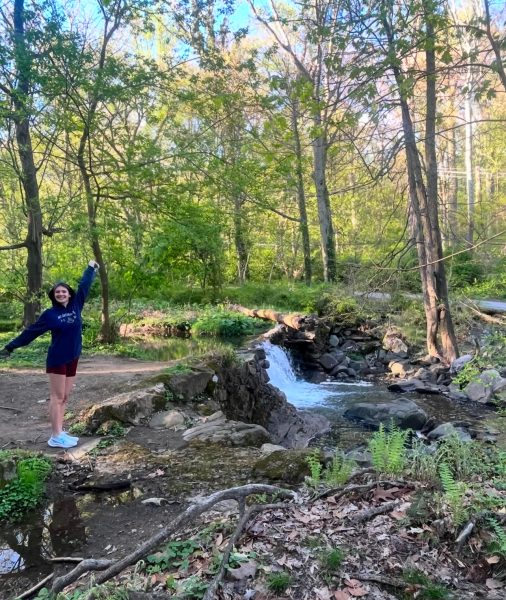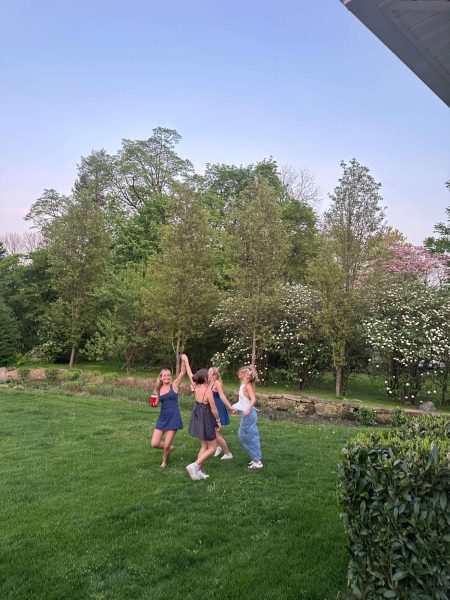Cats Abroad: Spanish Pilgrimage El Camino de Santiago
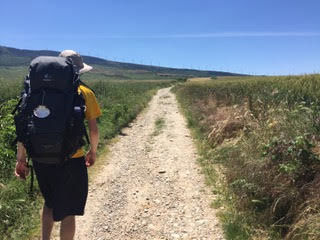
chris brother
September 25, 2018
This past summer I had the opportunity to backpack El Camino de Santiago, “The Way of Saint James.” The Camino is a pilgrimage across Spain which can be started from a number of countries. I walked the most well-known and established route, the Camino Frances, which begins in St. Jean Pied du Port, France. This route is 780 kilometers, which is nearly 500 miles. My brother Will and I walked for 25 days.
The Camino, also known as “The Way,” dates back to the early ninth century as a pilgrimage that Christians would make to visit the remains of Saint James—one of the evangelical apostles. The Camino—regardless of which route one takes—culminates at the Cathedral of Santiago de Compestella, “St. James the Apostle.” The Camino has recently become more well known in part because of the 2010 film “The Way.” The movie, starring Martin Sheen, is about a group of pilgrims making their way across the Camino. I first heard about the Spanish Pilgrimage by watching the movie in high school. This movie, paired with positive praise from cousins and friends, lit my desire to experience my own Camino.
The Camino trail is marked by the ubiquitous scallop shell, which is the symbol of Saint James. The scallop shell is synonymous with The Camino, as pilgrims carry them on their backpacks. On way-making signs, these shells literally point the way to Sanitago and offer pilgrims the spirit of ease that they are moving in the right direction. As each of the lines in the scallop shell meets in the base of the shell, this signifies that pilgrims come from all walks of life and will converge—both physically and spiritually—at Santiago. Though the Camino’s origin is in the Christian tradition, it is by no means only a religious endeavor. Pilgrims each have their own personal reasons for embarking on the journey.
Chris from Australia was walking with his father’s ashes, since his father always wished to walk the Camino with his son. Abigail, a teacher from California, wished to experience the world as this was her first time traveling internationally. Lisa decided to do the Camino once all of her children moved out of the house and she had the opportunity to partake in the once-in-a-lifetime occasion. An Irish couple completed the first half of the Camino a couple years prior and was now here to finish the second leg. The recurring motivation for people seemed to be a desire to take a step back from normal life for a while and “find themselves.”
Every morning, we would wake up at around 5 a.m. to start walking before the Spanish heat would rise from its slumber. The stunning sunrises (and chocolate croissant breakfasts coupled with espresso) were an exceptional way to begin each day as we traveled across the Spanish terrain. An astonishing aspect of the Camino is that pilgrims trek across different regions of the country. One week you may be climbing the relentlessly steep Pyrenees mountain range, then walking amidst the rolling vineyards of the Rioja region, then traveling through the grasslands of the region of Castile and Leon and, finally, navigating the gorgeous terrain of Galicia. It is fascinating to reflect upon how different stages of the pilgrimage affect one’s outlook on the Camino. Some say that the first part of The Way tests the pilgrim physically, the next stage, mentally, and the final stage, spiritually.
While I will not share the events of every day, here is a sketch of a day on the Camino. On day 17 we travelled from Ponferrada to Villafranca. The trail winded through the mountaintops and rolling vineyards. The cherries alongside the trail were perfectly ripe and as fresh as could be. We also encountered a litter of kittens in the middle of the trail, so this—naturally—seriously slowed down our hiking time as we had to stop to play with them. For lunch, we stopped at a restaurant for its pilgrim meal, which is an affordable, filling and tasty option. We stayed at a modern albergue (i.e. hostel) owned and operated by a kind Madrid couple. Their golden retriever “Rey” (meaning “king” in Spanish) was almost as excited to see us as we were to take off our backpacks and get some rest. The latter half of the day was spent under the wise branches of eucalyptus trees near the river as we watched trout rising and enjoyed local foods and drinks.
The simplicity of the Camino was refreshing. There was something liberating about carrying everything you need on your back. This was a revelation to me because the more stuff you pack in your rucksack the more weighed down you were for your journey. Fellow pilgrims clarified that the material world would literally weigh us down as we embarked on the Camino.
Furthermore, we did not know where we would end up. If all the albergues were full or closed, we slept in our tent. But use caution! One night I was sleeping under the stars and woke to find small snails making themselves at home in my belongings. On the Camino, I learned to roll with it. I was on Camino time. No reservations or itineraries were needed. Pilgrims on the Camino would humbly end up wherever their legs and mother nature would allow them.
One of the most unique parts of the Camino is the people you meet, with whom you form close relationships. In the city of Estella, my brother and I met a group of college-age pilgrims: Brendan from New York, Nick from Harvard, Ida from Holland and Melinda from Minnesota.
One day, Ida asked me, “What is Philadelphia like? All I heard is the cream cheese.” After a laugh, I quickly assured her that the City of Brotherly Love was, indeed, more than a cream cheese company. Throughout our time together, I discussed topics ranging from philosophy, life goals and Dutch bicycles with our “Camino Crew.” Everyone was very open to sharing their life stories on the Camino. The bonds created on the pilgrimage are unlike any others. Though I had only known them for about twelve days, it felt like they were lifelong friends. Saying goodbye was a challenge, but that is part of the Camino.
I like to view the Camino as an analogy to life. We are thrown into the world. In life, we are born into this world which we had no say in creating and, as a pilgrim, we begin our journey in a foreign land. We make friends. We make mistakes. We learn. We have good days. We have tough days (just ask any pilgrim about their experience with blisters). We make friends. Eventually, we must say goodbye. The more I reflect upon my Camino experience, however, the more I come to realize that The Way is not so much the physical route to the cathedral of Santiago but a mentality for the way to live one’s life.
The Camino is a college-friendly adventure. If a student has about a month during summer vacation, some funds and a hunger to revitalize one’s world outlook and self-identity, then the Camino may be for you. I met a great number of college students on the trial and we bonded over our budget-saving techniques. Pilgrims can stay at an albergue for next to nothing. While some of the basic albergues (think single room with 100 bunk beds) charge five euros, many lodging options are donation based. As the saying goes, “Take what you need and leave what you can.” The albergue-living arrangement is conducive to the Camino community. You cook, eat and dorm with fellow pilgrims who, I must say, are some of the most interesting people I have met.
In the small farming village of Tosantos, we stayed with a host who was quite a character. He walked the Camino 10 times—multiple times during the peak of winter. Now, he is serving as a hostel volunteer host. During a delicious lentil dinner, he explained that everyone has a calling from the Camino. However, it is not until you get back to your daily life that you will realize your calling, our host explained. I think about this idea and my time on the Camino very often. As I do, it does not feel like a walk that has been completed or a book chapter that has been closed. Rather, I am filled with optimism that, while I may have left the Camino, the Camino has never left me.
This piece fails to capture the essence of my Camino experience. I can never fully describe the pilgrimage in words. But, maybe that is the way that The Way is meant to be.


